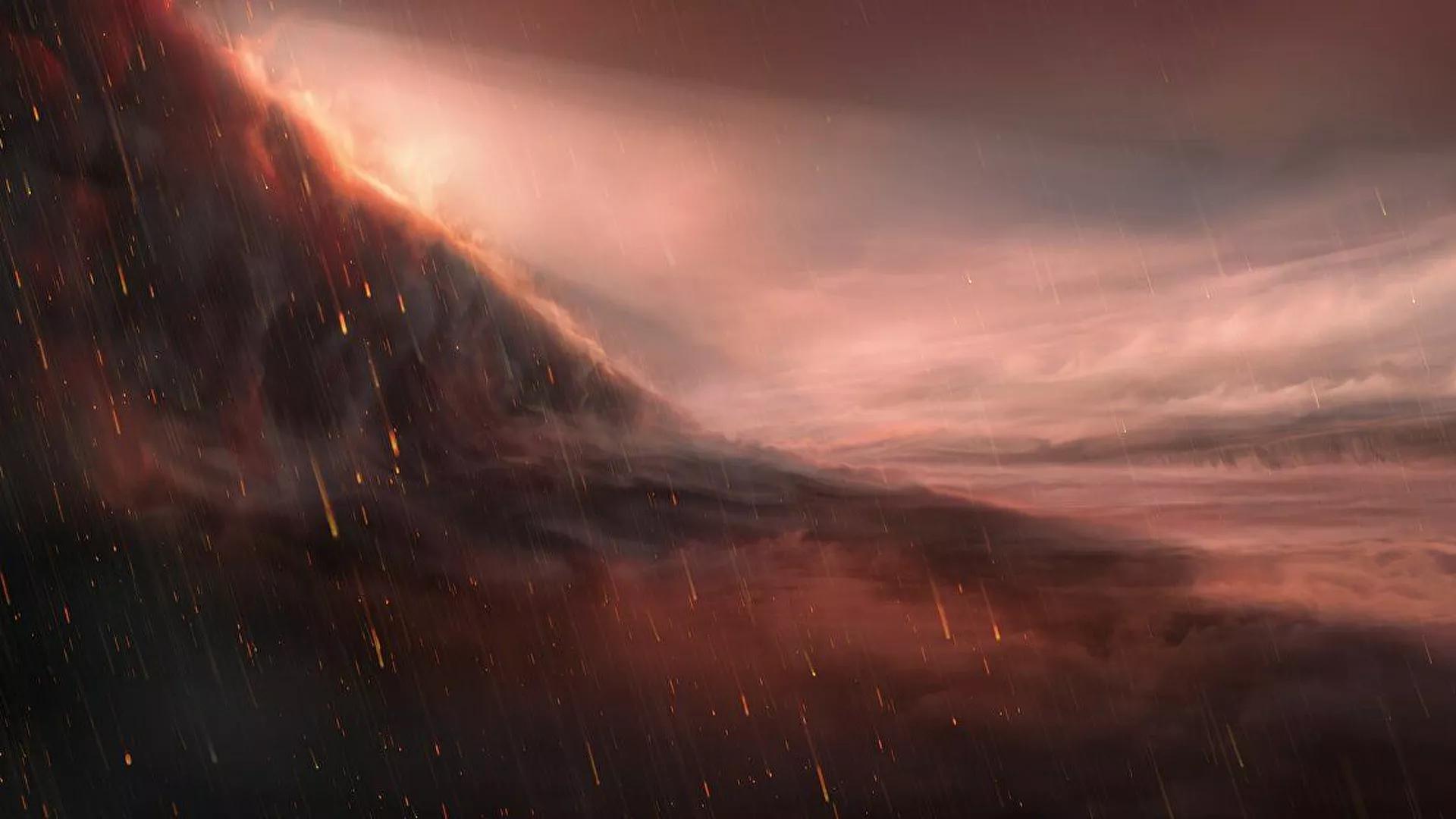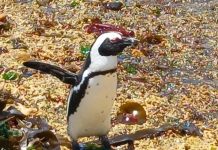Africa-Press – Sierra-Leone. Mini-Neptunes are a commonly seen type of exoplanet that orbit close to their stars. Like our Solar System’s Neptune, they are mostly composed of hydrogen and helium but have a denser atmosphere.
Astrophysicists from the California Institute of Technology have discovered two mini-Neptune planets that are losing their atmosphere due to radiation from their parent stars and becoming a different type of exoplanet, super-Earths, according to a study published in The Astronomical Journal.
Scientists have observed two exoplanets in the TOI 560 system, located at a distance of 103 light-years from Earth, and the other two in the HD 63433 system, which are 73 light-years from Earth.
Researchers discovered that the atmospheric gas escapes from the closest mini-Neptune and is going toward the star in TOI 560. A similar phenomenon was observed in the most distant mini-Neptune in HD 63433. The gas was said to escape towards the star, which contradicts many models predicting outflow in the opposite direction. Over time, both planets may be left with only a rocky core and turn into super-Earths.
If a mini-Neptune is quite small and close enough to its star, X-ray and ultraviolet radiation could rob it of its primary atmosphere over hundreds of millions of years.
Earlier, astrophysicists separated a new subtype of exoplanets from mini-Neptunes, dubbed Hyceans, which are more likely to contain an inhabitable atmosphere. Hycean exoplanets are mostly covered with ocean (90 percent) and have hot hydrogen-rich atmospheres, up to nearly 200 degrees Celsius, depending on their host stars. Some researchers have suggested that the Earth may have looked like a Hycean planet in the past.
Before this discovery, scientists believed that forms of life are only possible on exoplanets like super-Earths that have a rocky composition and atmosphere similar to our planet.
For More News And Analysis About Sierra-Leone Follow Africa-Press






